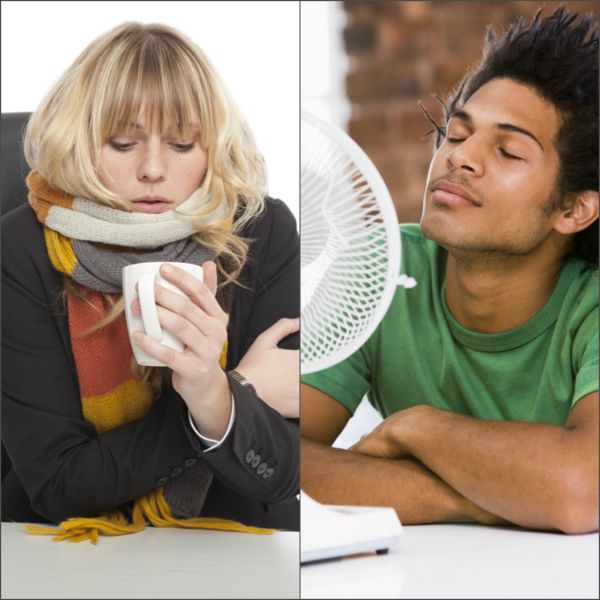Thermal Controls
Optimal office environment
With every change of season, you can expect new complaints about the thermostat setting. This isn’t (necessarily) because employees are grouchy. Studies suggest that previously recommended temperature settings are outdated and biased. International reports vary on the optimal setting for thermal comfort in office buildings. The United States Department of Labor Occupational and Safety Administration […]
